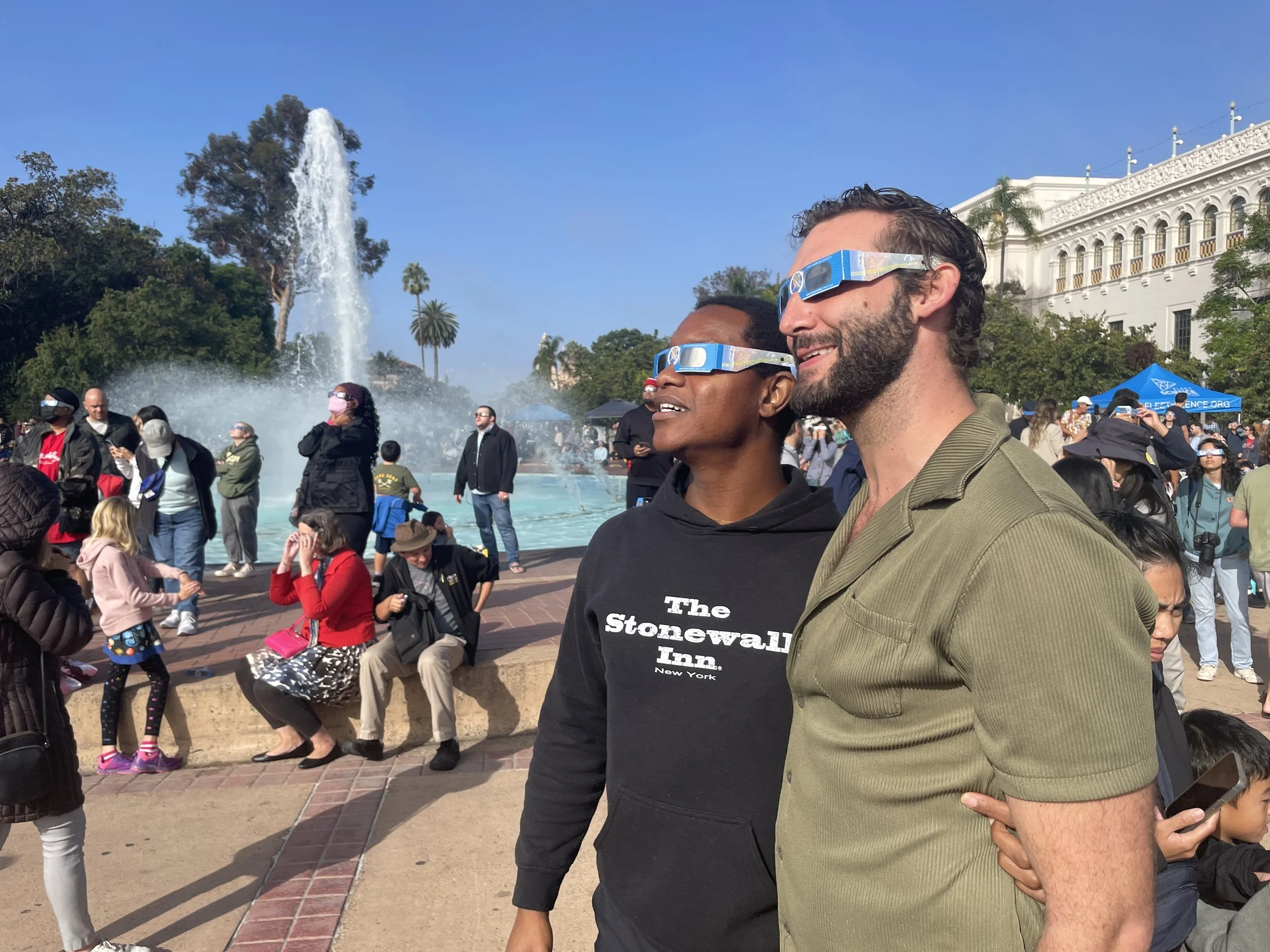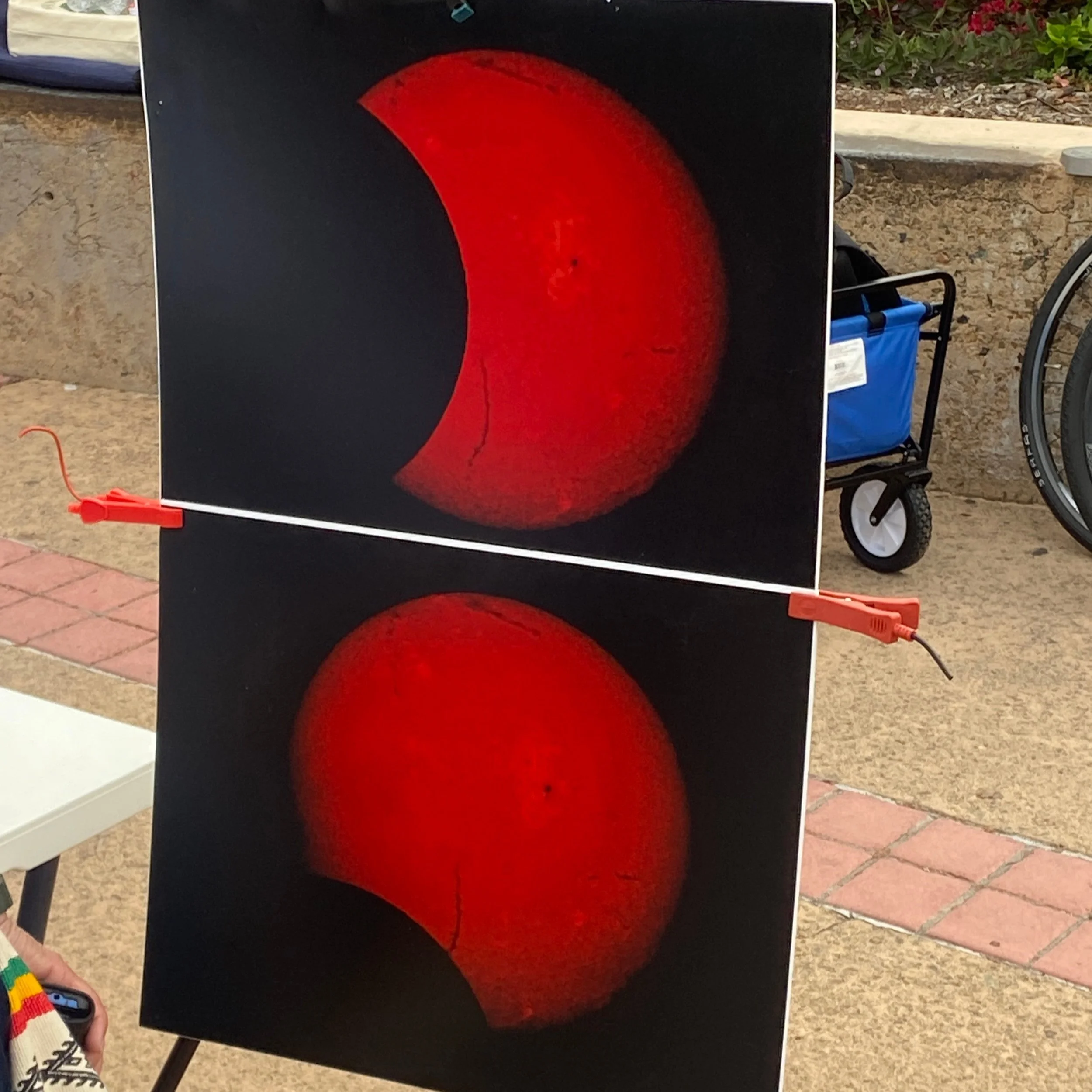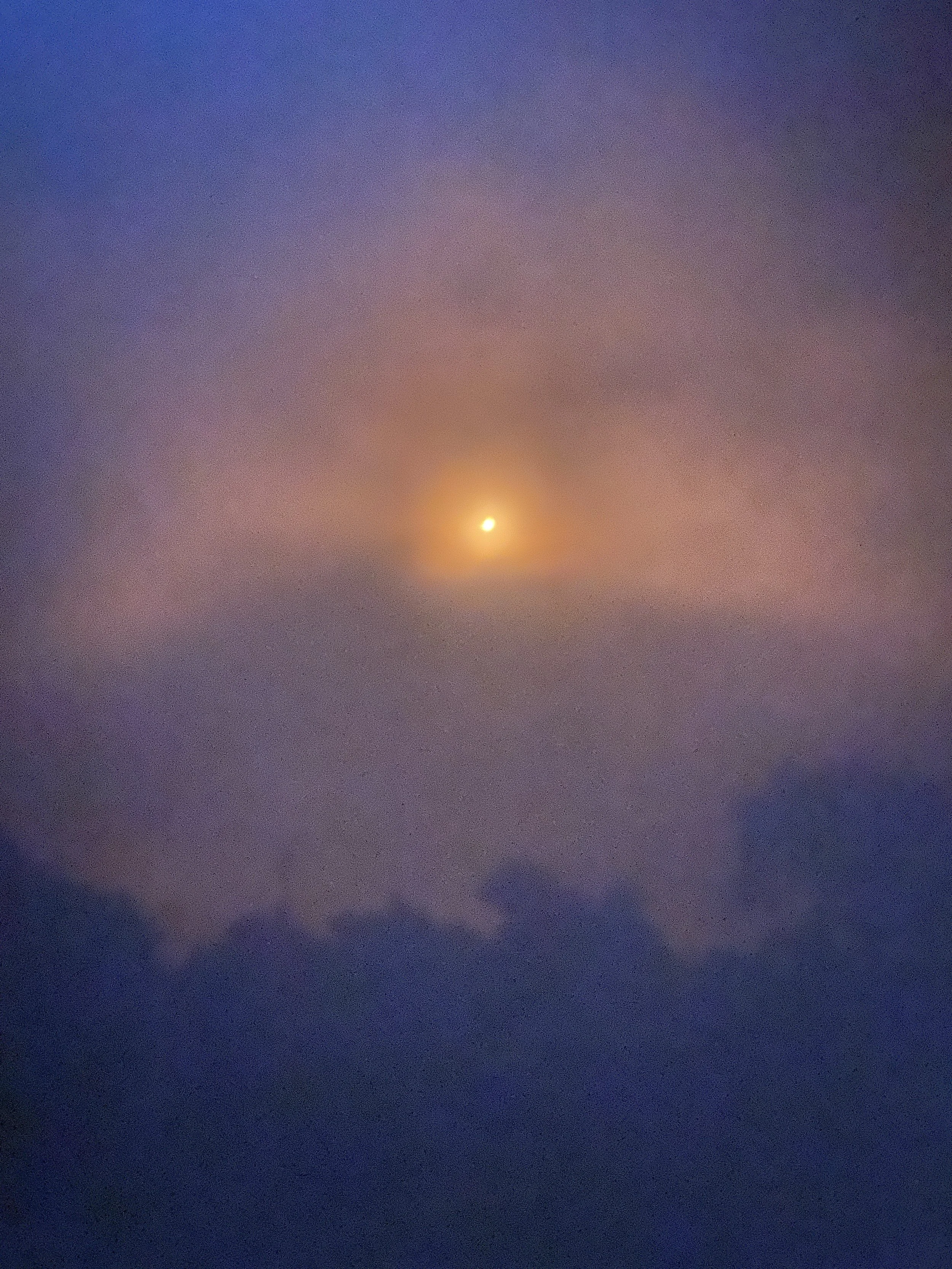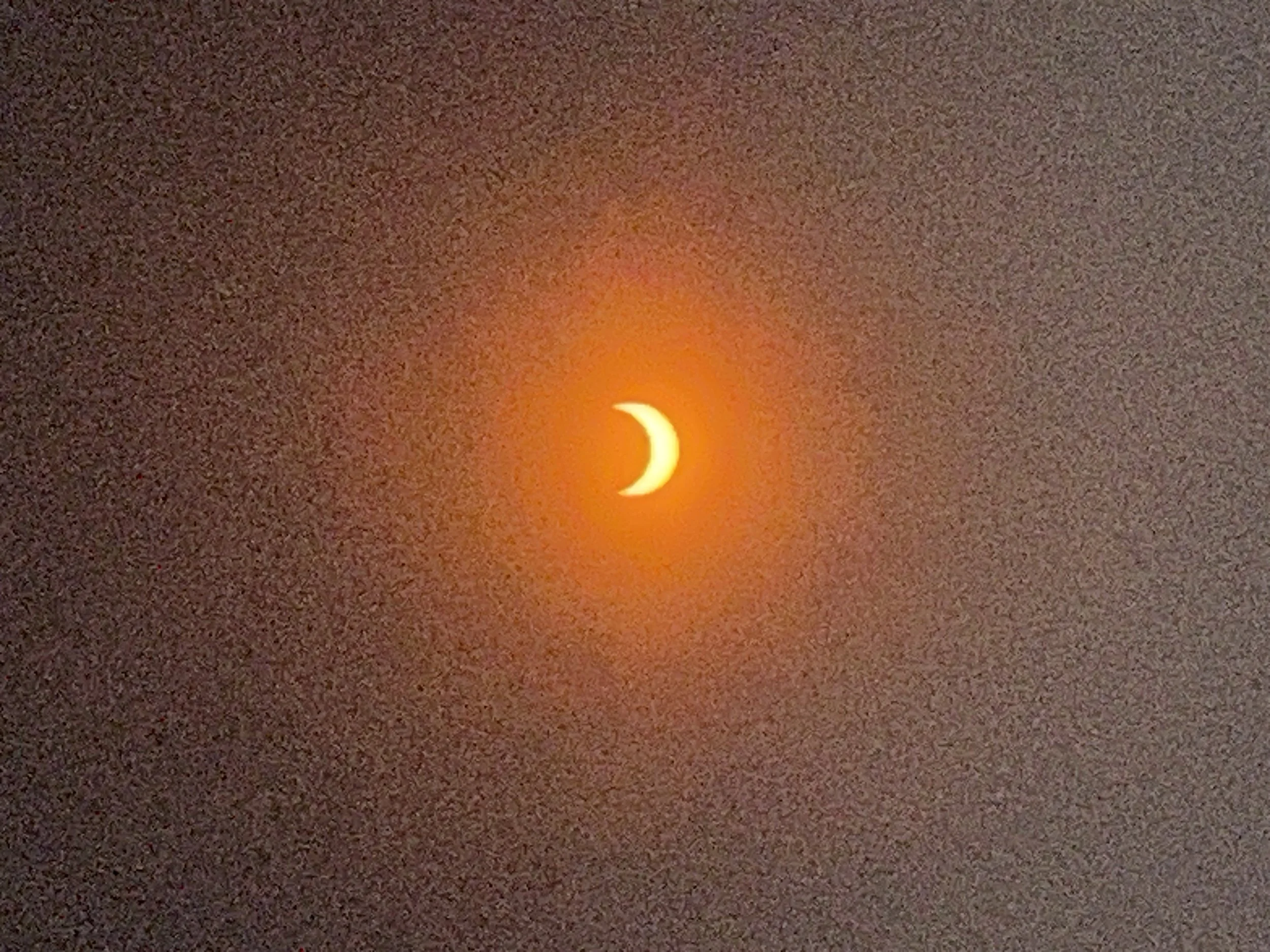
What’s The Difference Between All of the Eclipses?
I’ve always been fascinated with outer space. Growing up in the foothills of Yosemite taught me about the mythical “light pollution” found in cities while I was in school, but I hardly had any lights blocking my view of the stars. My dad always celebrated celestial events and busted out the telescope for every comet, meteor shower, and solar event that came our way. I taught Space Exploration and Astronomy for a merit badge at a Boy Scout camp one summer, and I actively seek places to stare at the stars and forget about it all.
One thing I haven’t done, however, is gather with a group full of people for an event, which I found was an entirely different experience when I joined the crowd for the annular solar eclipse at the Fleet Science Center in Balboa Park in San Diego.
While I gathered into the mix of people and got ahold of my specialty glasses to make sure I didn’t burn my eyes out at the sun, I had one burning question:
What is an Annular Eclipse?
I’d heard of a lunar, a solar, and a full eclipse, and I’m sure I’ve heard of “annular” before, but I’m not always in the path of totality and don’t get to experience them as often as I would hope.
While I was at the event, I had a chance to talk with Dave Decker, the President of the San Diego Astronomy Association (SDAA), who explained, “Solar and lunar eclipses are totally different things. A solar eclipse is when the moon comes between the Earth and the sun. So what we see as the sun sun and the shadow comes across the front of the sun. A lunar eclipse is when the Earth’s shadow crosses over the moon. The moon is a full moon, and it disappears in the earth’s shadow. Then a full eclipse is when the moon completely covers the sun and we don’t see it at all. The closer you are to the center line, the more you can see it.”
Anything outside of the centerline is a partial eclipse, but the annular eclipse is a full eclipse where the moon is farther away from the Earth and closer to the sun. “What happens is, it’s not big enough to fully cover the sun. As it gets to the middle, harboring the sun, the fire around it becomes an annulus and creates the Ring of Fire, which is what’s happening today.”
How Often Do Eclipses Happen?
We hear talk of eclipses all the time, which makes sense, as lunar eclipses at least are fairly frequent. “We’ll have three or four of them in the space of a year or two,” says Decker. “Then we may go through a couple of years where we don’t see any. It just has to do with the cycles and the way the orbits go.”
Solar eclipses, on the other hand, aren’t as frequent. That said, “They come in pairs. They’re usually a couple of years apart, and then we may go through some time before we can see it again. If you’re a real eclipse chaser, you have to travel the world, because the world is pretty big and the shadow is pretty narrow. The centerline shadow is only about 90 miles or so, and as you go across the Earth, you figure 90 miles is not really big at al. If you get off the centerline, you’ll see partial eclipses for maybe 1000 miles on both sides.”
Those who do get to be within the centerline during a full eclipse get to experience day turning into night and the temperature drops because you go into night.
“The air temperature doesn’t actually drop,” says Decker. “The temperature feels like at least 10 degrees colder. And it gets dark, you can see the stars in the middle of the day, and the animals start acting like it’s nighttime. It’s kind of weird, but once you’ve experienced it, it’s just amazing.”
Thank you to the Fleet Science Center for having us at the event and Janan Salaam for this cute photo! Be sure to check out their events page for other exciting news! Be sure to follow their Instagram and give the SDAA a follow while you’re at it!





